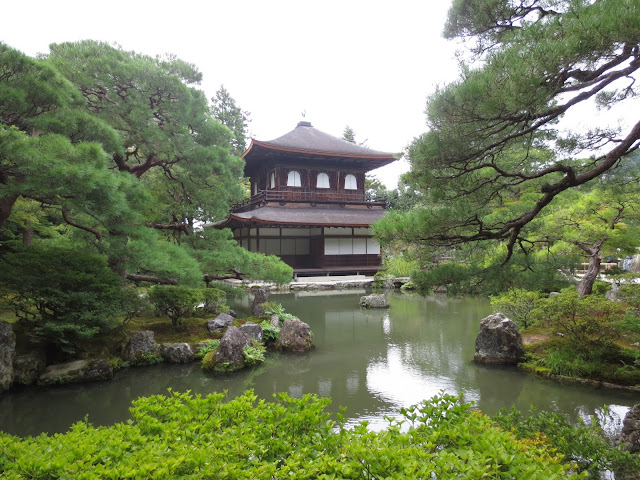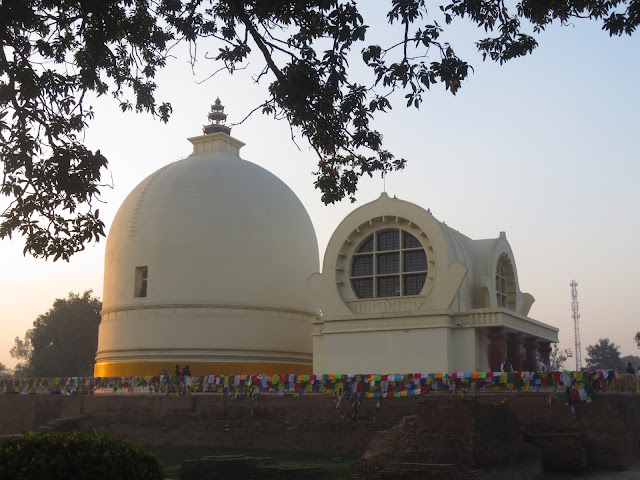Kyoto and Nara (Japan)
From my diary (August 2015)
After our
beautiful wedding in a Shinto temple in Sapporo, North Japan (following a civil
wedding in Malaysia) – weddings in Japan normally being the prerogative of
Shintoism – Rie and I have flown all the way to Osaka to spend a few days in
the two most historical cities in Japan: Kyoto and Nara.
We
have a room in a traditional ryokan in Kyoto, not far from the new station.
It’s pleasing and cozy, with tatami on the floor and a futon, the traditional
bed that is taken out at night from the built-in wardrobe. Last but not least, there
is the ofuro, the time-honoured Japanese bath for soaking and relaxation, rather
than washing. Infinite pleasure. Every evening, we plunge into the tub that is full
to the brim with hot water, having washed ourselves outside the tub as per
tradition, as the same water will be used by all the guests who will take a
bath that evening. I really do miss those soaks in the ofuro.
I first tried it 35 years earlier, when I came to Japan for the first time, but
I had forgotten quite how pleasant and relaxing it was. In the evening, we dine
on gyozas, the tasty Japanese tortellini or dumplings, and chahan, the Japanese-style
sautéed rice, both originally from China but now an integral part of Japanese
culture, having been suitably Japanized, so as to make them unique. The
cultural aspects of any nation that are totally autochthonous and original are
relatively few. However, the passing of time and the influence of local ‘knack’
transform everything, making these ‘loans’ unique and special. Unfortunately,
modern globalization, television, and the internet do not grant the time necessary
for cultural imports to transform and adapt to local culture, and the loans
are, in the modern world, only aspects of the cultural colonialism that little
by little is making this world flat and uniform.













Comments
Post a Comment